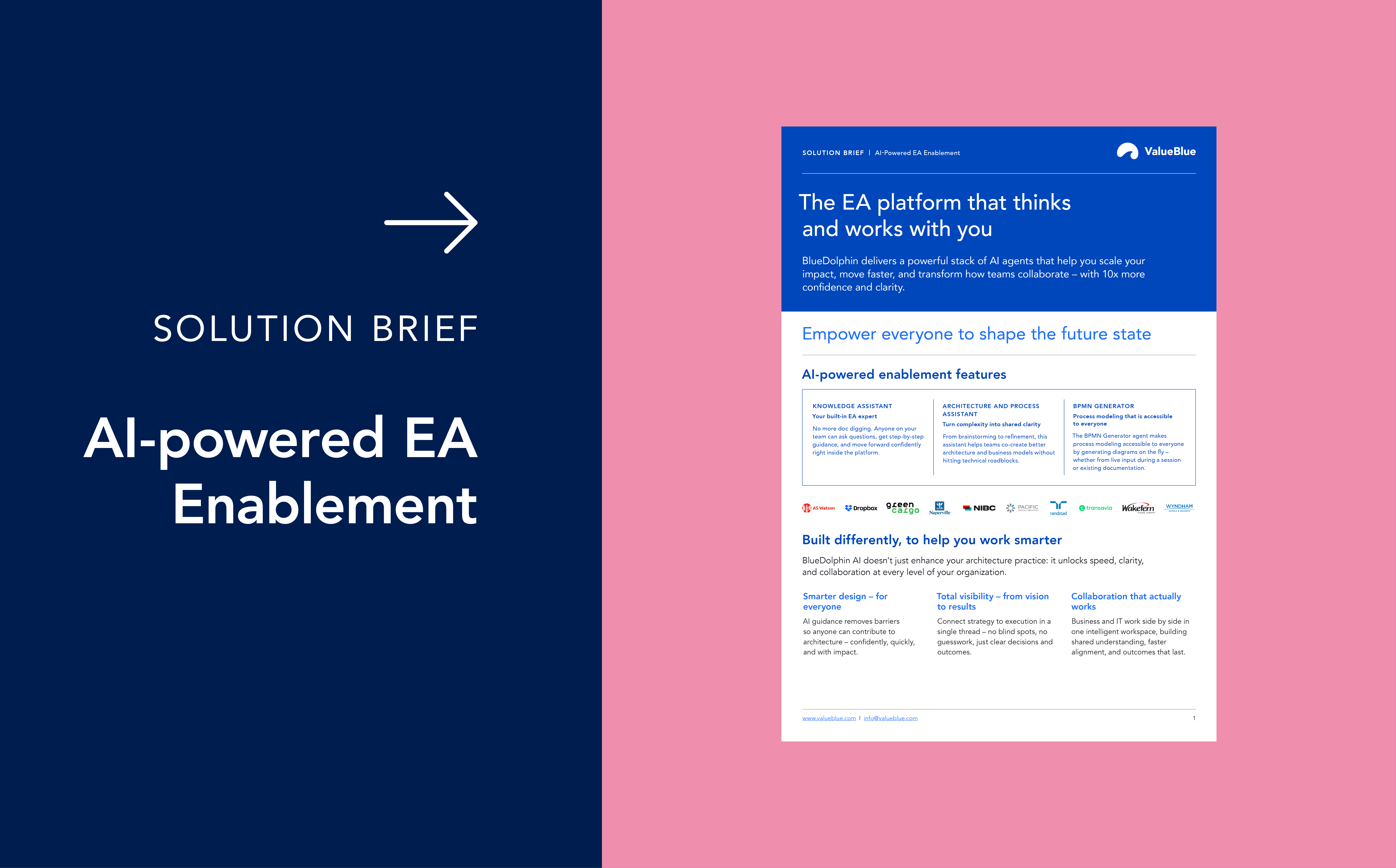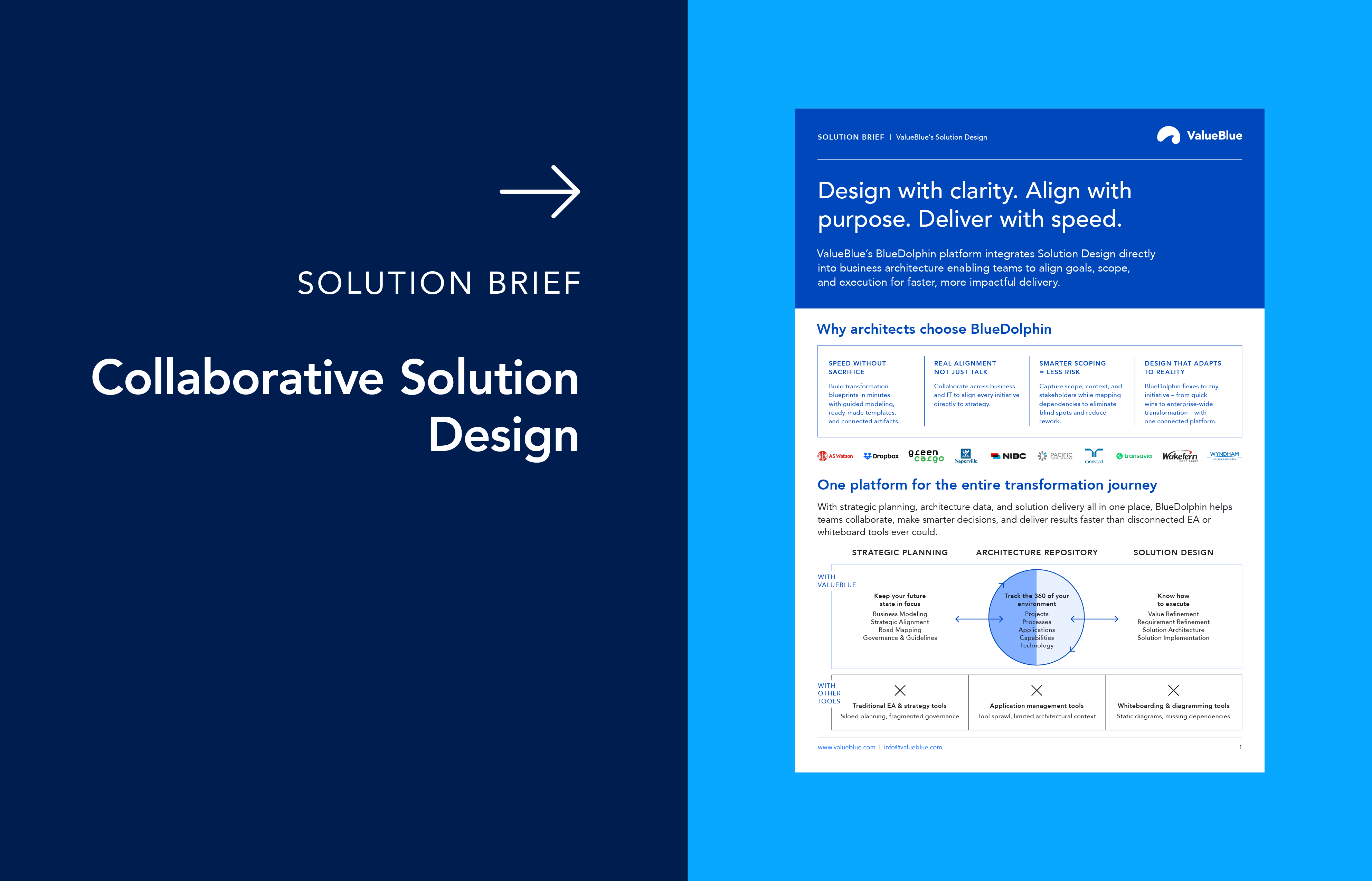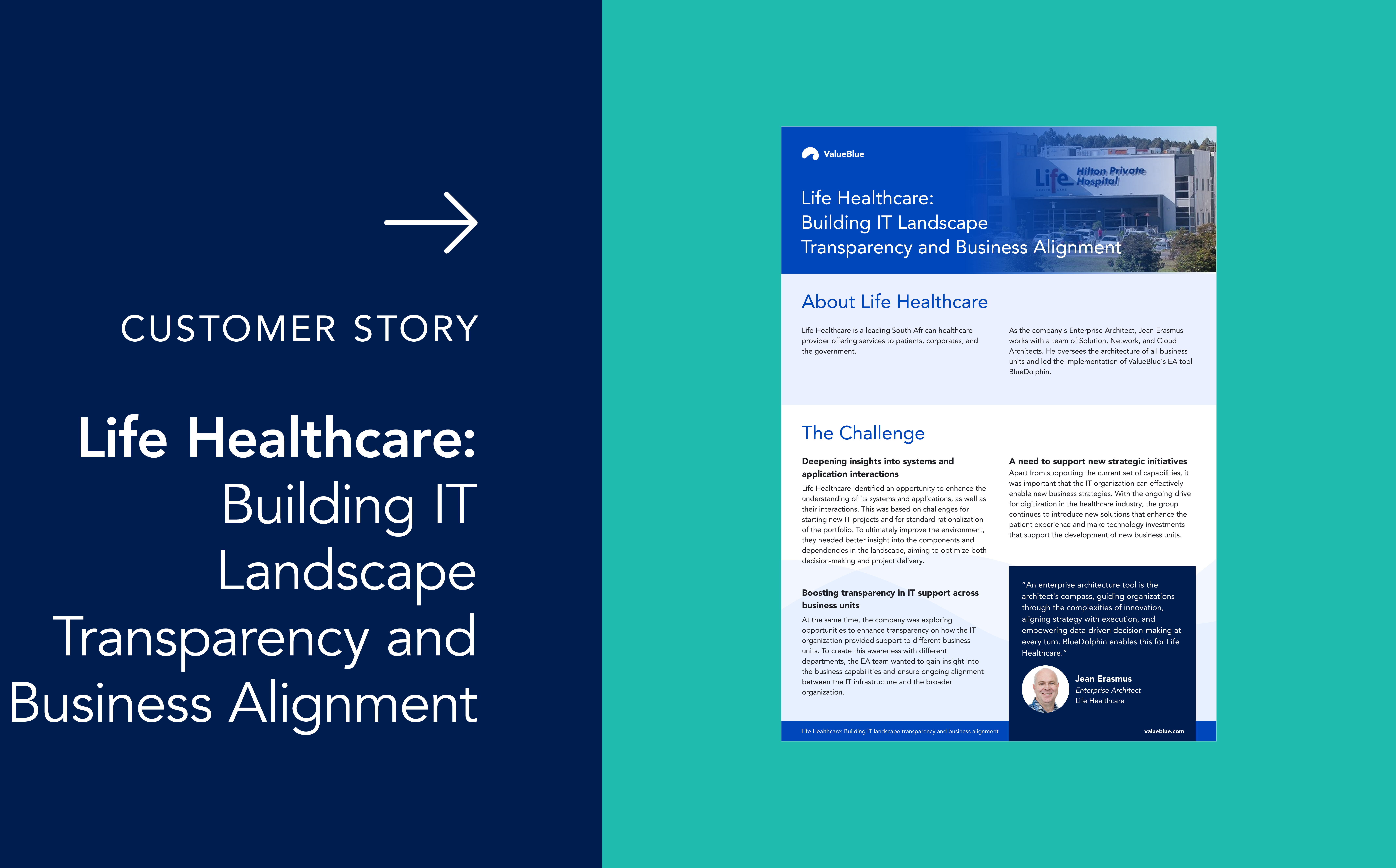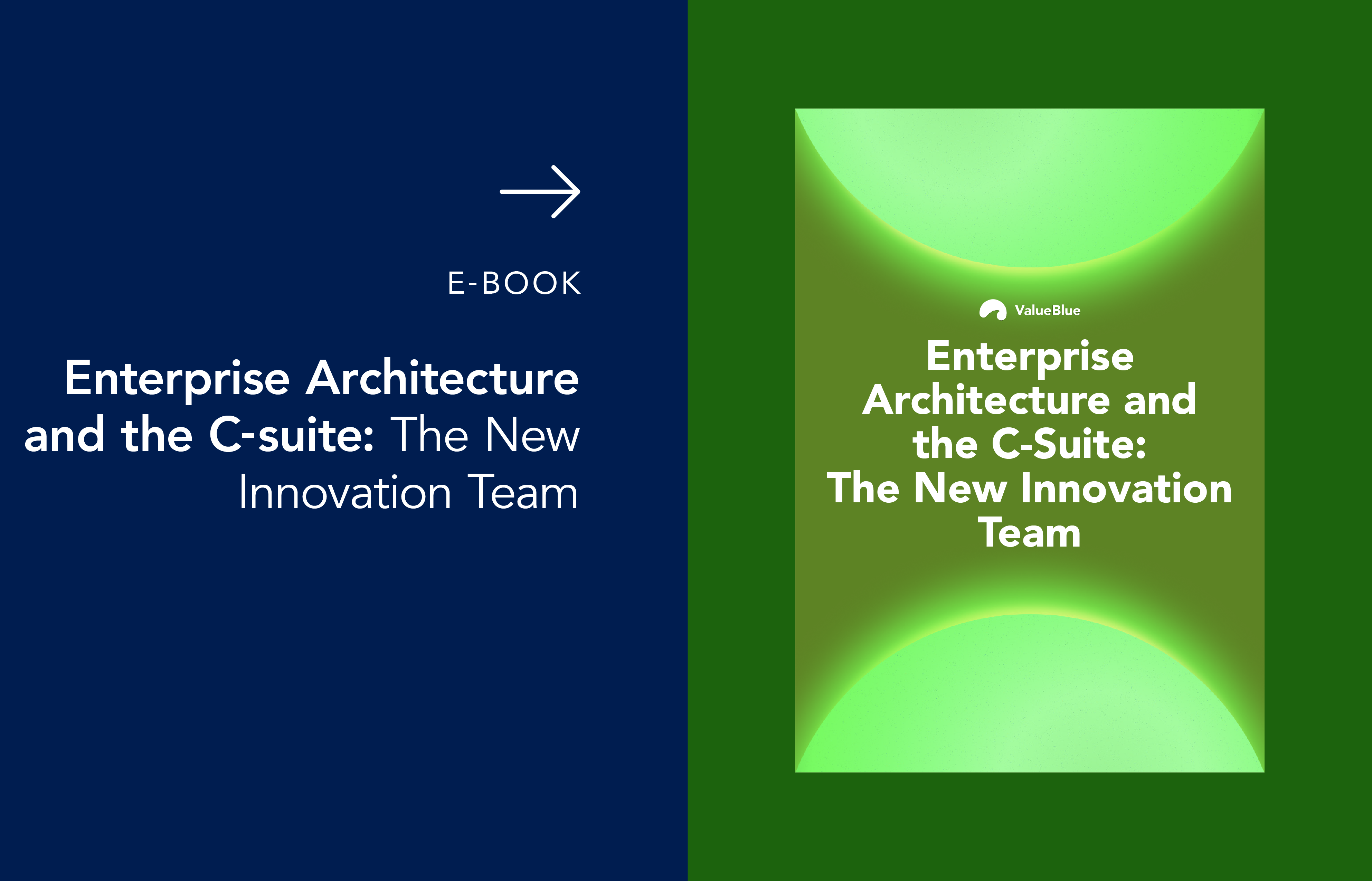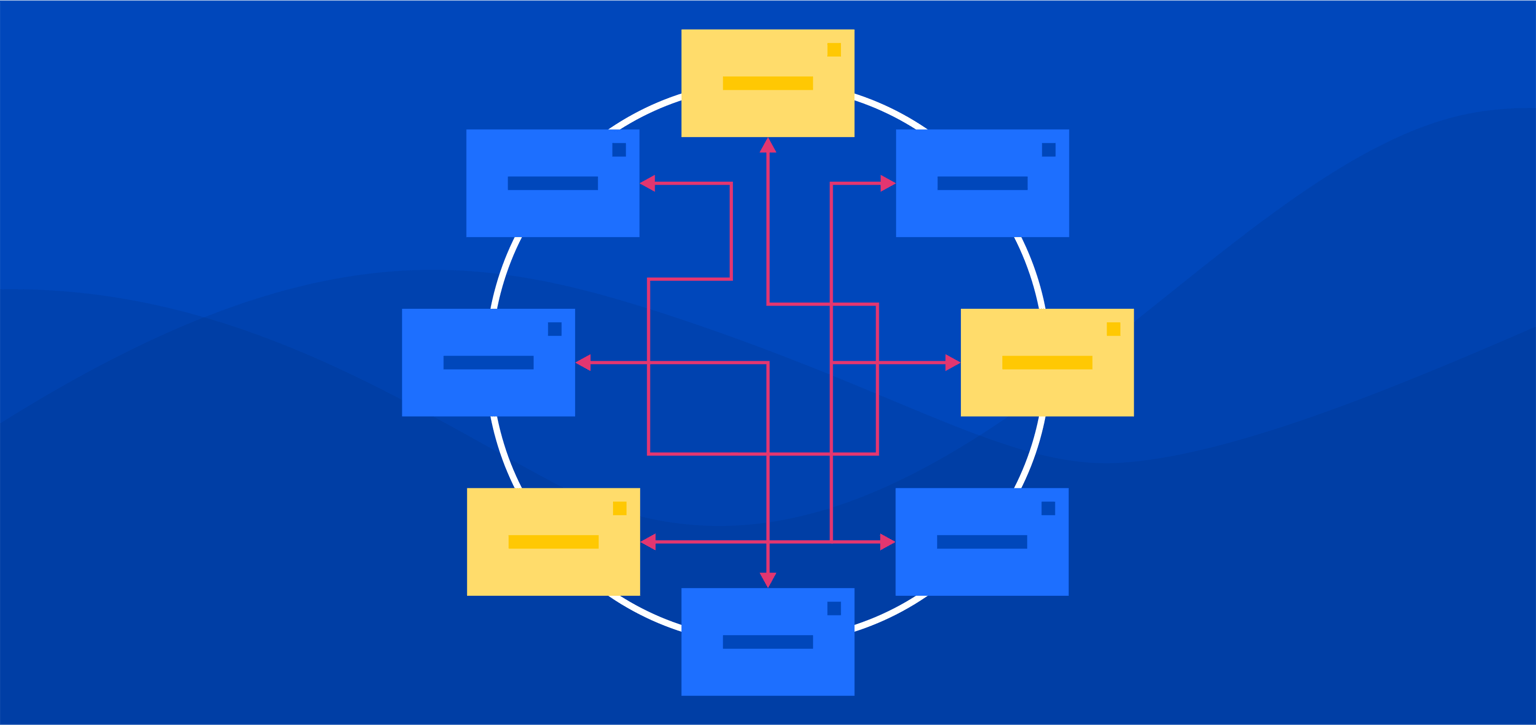Simplifying Agile Business Process Management
Mapping and optimizing business processes is important for any organization that wants to improve and innovate. Business Process Management (BPM) involves using various methods to discover, model, analyze, measure, improve and optimize business processes. A business process is essentially a coordination of different behaviors, systems, information and technology required to produce specific results in support of a business strategy. Important success factors when applying a structured BPM approach in your organization are speed, current data , predictability and repeatability. Traditional Business Process Management focuses on pre-planned and predictable situations. But how do you anticipate rapidly changing business processes with corresponding actions and data? The answer is with agile Business Process Management.
The difference between traditional and agile Business Process Management
 Traditionally, Business Process Management is a way to automate and manage structured processes that can be repeated over a long period of time. BPM software helps organizations to define the steps needed to perform a business task, map the definitions to existing processes, and then streamline or improve the processes to make them more efficient. However, with traditional BPM, processes are not usually designed to change in real time. They are made to follow previous patterns, and often do not respond well to immediate feedback.
Traditionally, Business Process Management is a way to automate and manage structured processes that can be repeated over a long period of time. BPM software helps organizations to define the steps needed to perform a business task, map the definitions to existing processes, and then streamline or improve the processes to make them more efficient. However, with traditional BPM, processes are not usually designed to change in real time. They are made to follow previous patterns, and often do not respond well to immediate feedback.
Agile Business Process Management is a little different. There is more uncertainty. Because agile organizations move quickly and deliverables can change at the drop of a hat, their business processes must be able to keep up.
So what’s different? Agile Business Process Management does rely on repeatable actions, but these are regularly refined and sharpened. The agile approach means that faster responses to unforeseen circumstances are required and that updating processes should happen in real time.
What are the benefits of agile Business Process Management?
In short, agile Business Process Management enables your organization to become more agile itself – helping to better handle unpredictable changes and adapt to them faster. It also helps organizations to work in a more collaborative environment, with data moving easily between people. Combine agile BPM with other disciplines such as Enterprise Architecture and Data Management and your organization will be able to work towards business capabilities transformations and initiatives at an accelerated pace.
Agile is about being flexible. While more traditional plans and ways of working could be described as a straight line from point ‘a’ to point ‘b’, agile business process management takes a much more cyclical, iterative approach. Agile recognizes that reality is rarely as simple as our plans make it seem. In an agile environment, dealing with this is called adaptive planning. Changes to the process can come in many forms, but usually the choice is made to adjust the scope of a project or initiative. This means that the duration, budget, content and quality of projects can end up varying dramatically. All with the goal of achieving organizational objectives in the most efficient way possible.
How do you apply agile Business Process Management? Choose the right tooling.
As mentioned earlier, speed, collaboration, and accurate data are important factors for ensuring success with agile Business Process Management. Another important element is usage of the right tooling to gather, maintain and optimize these factors. Collaboration across multiple departments will be needed for accurate and up-to-date data, so it is important that any system or software put in place is accessible to all stakeholders – not just the IT, EA, or BPM offices. Bearing this in mind, tooling should also have minimal complexity to reduce any barriers to adoption and usage.
At ValueBlue we see that digital transformation is at the forefront of almost every organization’s agenda. Business Process Management plays an important role here. That’s why a golden combination can be found in the likes of tooling that integrates an organization’s Enterprise Architecture with Business Process Management. The combination of these disciplines, along with other core architectures like applications and data, helps Enterprise Architects map an accurate current state that is up to date, using data can be used to work towards a future state. What’s more, approaching the practice in an agile way contributes to speeding up transformation initiatives and accelerating change.
Read our eBook: Turning complexity into an agile organization
In this eBook, we explore the challenges posed by digital transformation and why these make enterprise agility so important, before defining 3 critical success factors for Agile Business Transformation.

